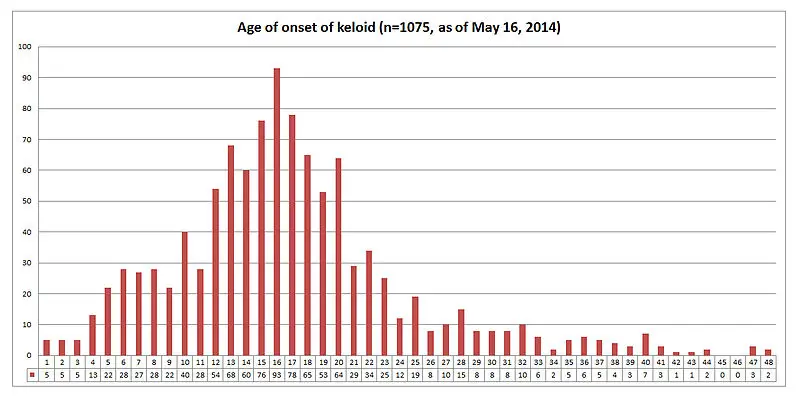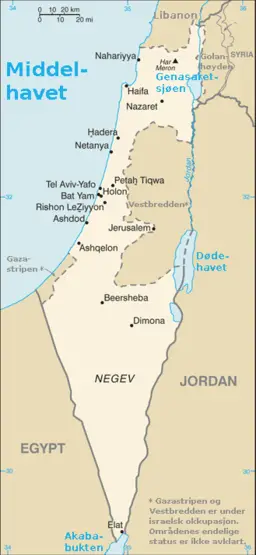The Dead Sea scrolls are early manuscripts from Palestine. The scrolls were found in caves near the Northwestern shoreline of the Dead Sea. The discoveries were made in the 1940s and 1950s and are regarded as one of the most important discoveries in history.
The manuscripts were written in Aramaic, Hebrew and Greek, they contain Biblical and apocryphal works, legal texts, prayers and sectarian documents of the Essenes. Most of the manuscripts are made of leather and papyrus.
Currently the scrolls are kept at the Rockefeller Museum in East Jerusalem, the Shrine of the Book at the Israel Museum in West Jerusalem, the Amman Archaeological Museum in Jordan and at the French National Library in Paris; others may also be found with the individual people who collected them.
Historians study the Dead Sea scrolls for a number of reasons:
History – They are writings which record historical events. They record some history of the Jews and Palestine, for example, the Jewish revolt against Romans in 132-135 A.D.
Information About Judaism – The scrolls provide information on Judaism which is the main religion of the Jews and a fore-runner to Christianity and Islam.
Reaffirming Biblical Accounts – The scrolls have writings about development of the Hebrew Bible which Christians call the Old Testament, they help historians to understand how the Bible developed and the changes it has undergone over the past 2000 years or so. The scrolls both assert and enhance writings of the books of the Old Testament. For example, the scrolls contain all the books of the Old Testament except Esther. Fourth, the scrolls help historians to have information on the history of Christianity, for example, Jesus and the apocalypse.
In conclusion, the Dead Sea scrolls are very important to historians not only because they provide a rich source of historical matter but because they also provide information not included in the Bible.












Leave a Reply